One of the most common stereotypes about the human past is that men hunted while women gathered. The story goes that this gender division of labor would have provided the meat and plant foods that people needed to survive.
That characterization of our time as a species dependent solely on wild foods—before humans began domesticating plants and animals more than 10,000 years ago—is consistent with the pattern anthropologists observed among hunter-gatherers in the 1800s and early 1800s. of the 20th century. Nearly all the big game hunting they documented was conducted by men.
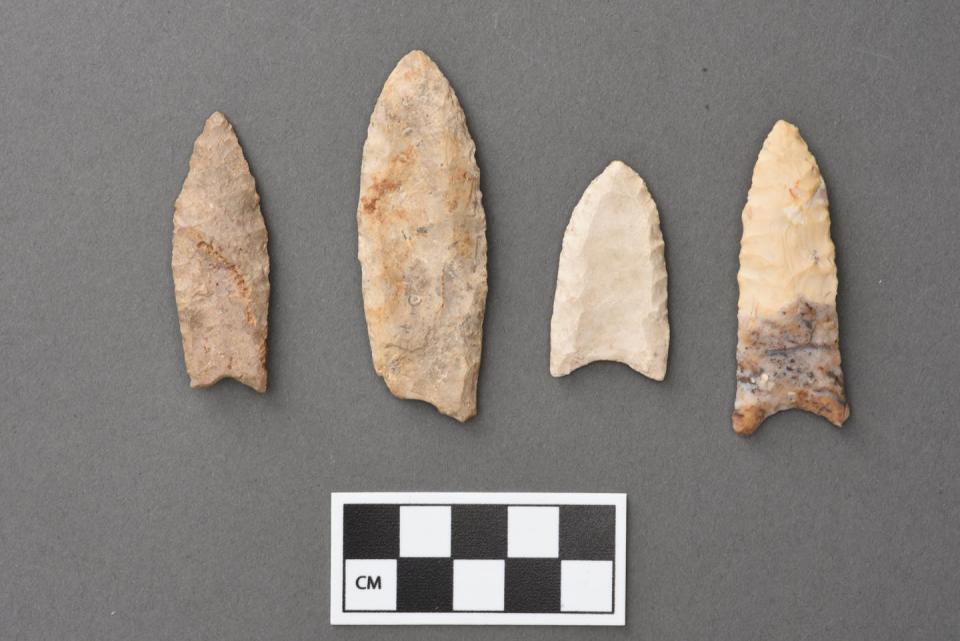
It is an open question whether these ethnographic descriptions of labor are truly representative of hunter-gatherers’ recent subsistence behavior. In any case, they certainly fueled the assumption that a gender division of labor emerged early in the evolution of our species. Current employment statistics do little to disrupt that thinking; according to a recent analysis, only 13% of hunters, fishermen and trappers in the US were women.
Yet as an archaeologist, I have spent much of my career studying how people of the past got their food. I can’t always reconcile my observations with the ‘man the hunter’ stereotype.
A long-standing anthropological assumption
First, let me note that this article uses “women” to describe people who are biologically equipped to experience pregnancy, while recognizing that not all people who identify as women are so equipped, and that not all people who are thus equipped to identify as a woman.
I use this definition here because reproduction is at the heart of many hypotheses about when and why subsistence labor became a gendered activity. As is believed, women gathered because it was a low-risk way to provide dependent children with a reliable flow of nutrients. Men hunted to supplement the household diet or use hard-to-find meat as a way to attract potential mates.
One of the things that concerns me about attempts to test related hypotheses using archaeological data – including some of my own attempts – is that they assume that plants and animals are mutually exclusive food categories. It all rests on the idea that plants and animals differ completely in how risky they are to acquire, their nutritional profiles, and their abundance in a landscape.
It is true that highly mobile big game species such as bison, caribou, and guanaco (a South American herbivore the size of a deer) were sometimes concentrated in places or seasons where human edible plants were scarce. But what if people could get the plant-based part of their diet from the animals themselves?
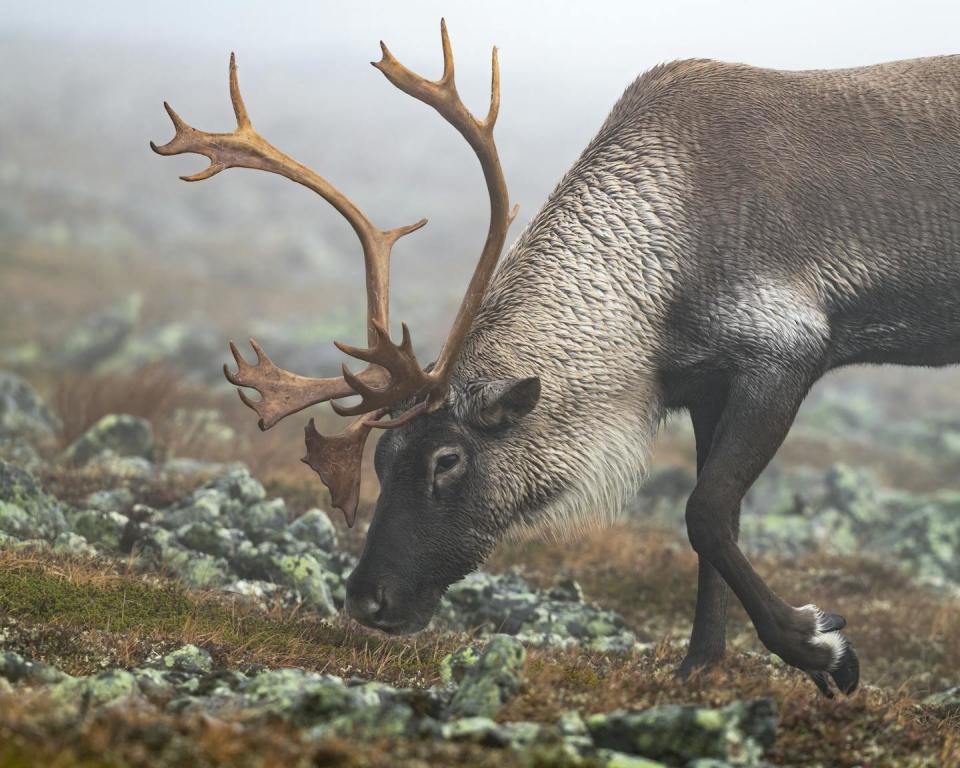

Animal prey as a source of plant food
The plant material that undergoes digestion in the stomachs and intestines of large ruminant herbivores is a not-so-palatable substance called digest. This partially digested matter is edible for humans and rich in carbohydrates, which are virtually absent in animal tissues.
Conversely, animal tissues are rich in proteins and, in some seasons, fats – nutrients that are unavailable in many plants or that occur in such small amounts that a human would have to eat impractically large amounts to meet the daily nutritional needs of plants alone .
If ancient peoples ate digesta, a large herbivore with a full belly would essentially be one-stop shopping for total nutrition.
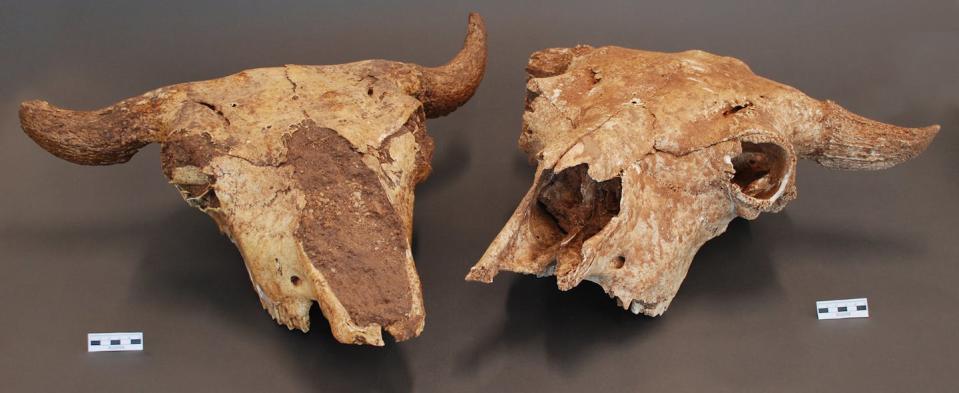

To explore the potential and implications of digesta as a source of carbohydrates, I recently compared institutional dietary guidelines to feeding days per animal per animal, using a 450-kilogram bison as a model. First, I compiled the available estimates for proteins in bison’s own tissues and for carbohydrates in digestion. Using that data, I found that a group of 25 adults could meet the U.S. Department of Agriculture’s recommended daily averages for protein and carbohydrates for three full days by eating only bison meat and digesta from one animal.
Among past peoples, consuming digesta would have reduced the demand for fresh plant foods, perhaps changing the dynamics of subsistence labor.
Recalibrating risk when everyone hunts
One of the risks usually associated with big game hunting is that of failure. According to the evolutionary hypotheses surrounding the gendered division of labor, when the risk of a failed hunt is high – that is, the probability of an animal being bagged during a given hunting trip is low – women should choose more reliable means of providing children, even if it means long hours of being together. The cost of failure is simply too high to do anything else.
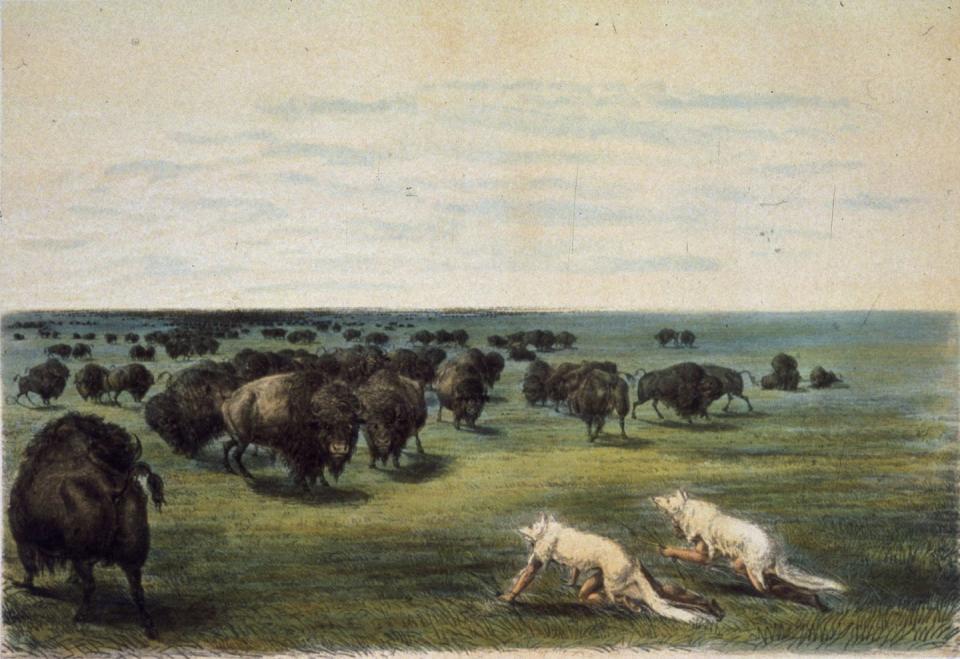

However, there is evidence that big game was much more abundant in North America, for example, before 19th and 20th century ethnographers observed foraging behavior. If high-yield resources, such as bison, could have been acquired at low risk and the animals’ digestive systems had also been consumed, women would likely have been more likely to participate in hunting. Under those conditions, hunting could have provided total nutrition, eliminating the need to obtain protein and carbohydrates from separate sources, which could have been widely distributed across the landscape.
And statistically, women’s participation in hunting would also have helped reduce the risk of failure. My models show that if all 25 people in a hypothetical group had participated in the hunt, not just the men, and if they had all agreed to share if they were successful, each hunter would only have been successful about five times a year hooves are for hunting. group to live entirely on bison and digesta. Of course, real life is more complicated than the model suggests, but the exercise illustrates the potential benefits of both digestion and female hunting.
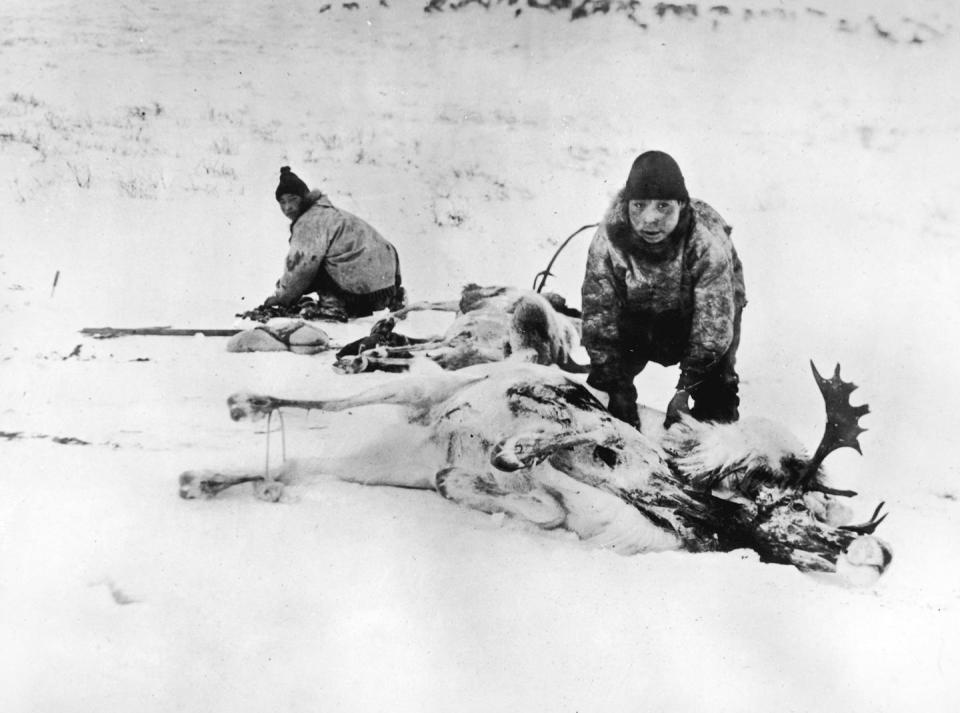

Ethnographically documented foragers routinely ate digesta, especially where herbivores were abundant but human-edible plants were scarce, such as in the Arctic, where the stomach contents of prey were an important source of carbohydrates.
I believe that eating digesta may have been more common in the past, but direct evidence is frustratingly difficult to come by. In at least one case, plant species present in the mineralized plaque of a Neanderthal’s teeth point to digestion as a source of nutrients. To systematically study past digestion and its knock-on effects, including female hunting, researchers will need to draw on multiple lines of archaeological evidence and insights gained from models like the one I developed.
This article is republished from The Conversation, an independent nonprofit organization providing facts and trusted analysis to help you understand our complex world. It was written by: Raven Garvey, University of Michigan
Read more:
Raven Garvey does not work for, consult with, own shares in, or receive funding from any company or organization that would benefit from this article, and has disclosed no relevant affiliations beyond their academic appointment.